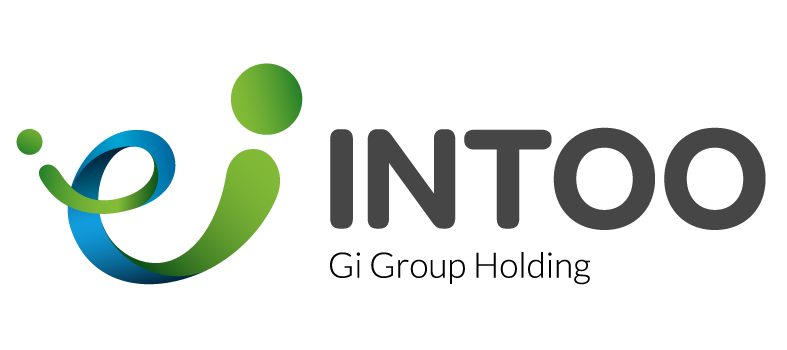What Is Job Sharing?
Job sharing is a flexible work arrangement where two employees share the responsibilities, hours, and compensation of a single full-time position. This arrangement allows both employees to work part-time while ensuring that the role’s duties are fully covered. Job sharing can be structured in different ways, such as each employee working on separate days or splitting the workload based on tasks or projects. It is commonly used to support work-life balance, accommodate personal commitments, and provide organizations with a diverse skill set within one role.
This employment model benefits both employers and employees by promoting flexibility, reducing burnout, and increasing job satisfaction. For employers, job sharing can enhance productivity by leveraging the strengths of two individuals while maintaining continuity in the role. Employees, on the other hand, gain the advantage of reduced work hours without sacrificing career progression. When managed effectively, job sharing can lead to greater collaboration, improved efficiency, and a more inclusive workplace culture that supports diverse work arrangements.
The Importance of Job Sharing in the Workplace
Job sharing plays a vital role in promoting workplace flexibility, allowing employees to balance their professional and personal lives more effectively. By enabling two individuals to share the responsibilities of a single full-time role, organizations can accommodate employees who may have caregiving responsibilities, pursue further education, or seek reduced working hours for personal well-being. This flexibility leads to higher job satisfaction, reduced stress, and increased employee retention, as workers feel supported in managing their work-life commitments. Additionally, job sharing fosters a culture of collaboration, as employees must communicate and coordinate effectively to ensure seamless workflow and productivity.
For employers, job sharing provides several strategic advantages, including access to a broader range of skills, enhanced problem-solving, and continuous coverage for key roles. With two employees contributing their unique expertise, businesses benefit from fresh perspectives and innovation. Moreover, this arrangement can help reduce absenteeism and burnout, as responsibilities are distributed, preventing overload on a single individual. By embracing job sharing, organizations demonstrate their commitment to workplace diversity and inclusion, attracting top talent who value flexible and supportive work environments.




